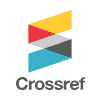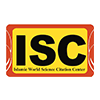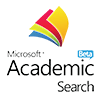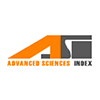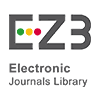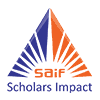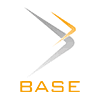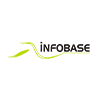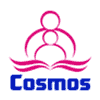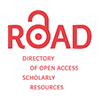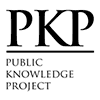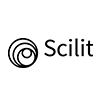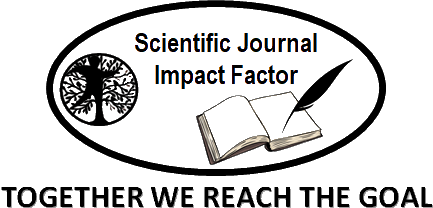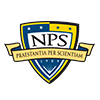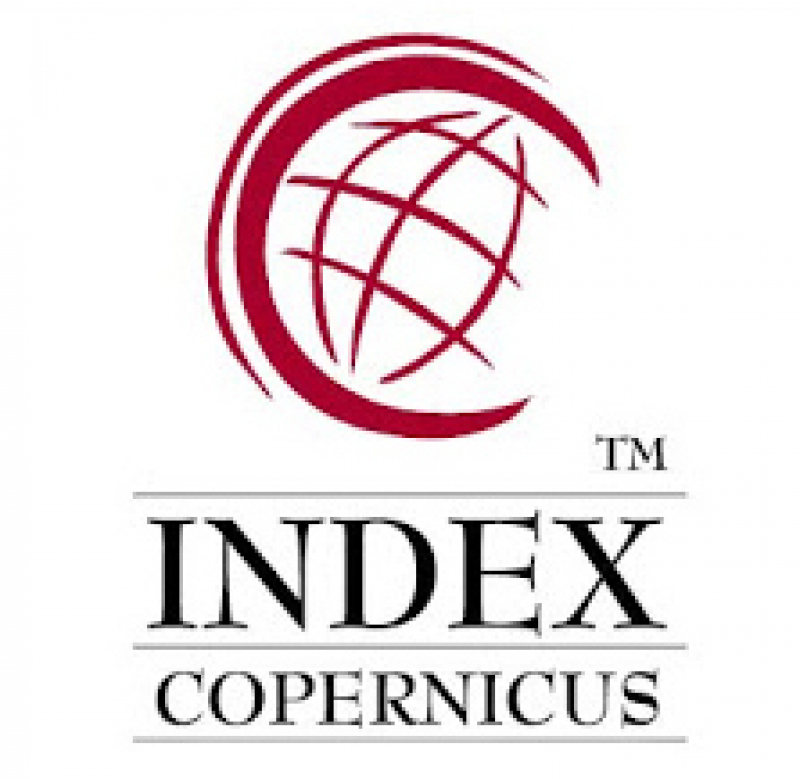The Effect of Mathematics Learning with an Open-ended Approach Assisted by the Geogebra Application on the Mathematical Creative Thinking Ability of Junior High School Students
Abstract
The purpose of this study is to describe the influence of the open-ended approach assisted by geogebra application in improving students' creative thinking skills. The type of research used is experimental research with a research design, namely one group pretest-posttest design. The results showed that there was a significant influence of the application of the open-ended approach assisted by the geogebra application on students' mathematical creative thinking skills with a pretest percentage of 16.7% and a posttest percentage of 64.3% which showed an increase based on the treatment given. This is suspected because in the implementation of an open-ended approach, the geogebra application is able to build new knowledge from relevant previous learning experiences through the process of investigating, explaining and collaborating to find problem solving.
Keywords
Full Text:
PDFReferences
Agustang, A. (2022). Teacher’s Strategy for Increasing Students’ Creative Thinking Ability Through Open-Ended Learning in Elementary Schools. 7(1). https://doi.org/10.26618/jed.v%vi%i.6838
Ahmadi, Johan, A., & Kurniasari, I. (2013). Identifikasi Ttingkat Berpikir Kreatif Ssiswa dakam Memecahkan Masalah Materi Persamaan Garis Lurus ditinjau dari Kemampuan Matematika Siswa dan Perbedaan Jenis Kelamin.
Al-Abed, M. Z. M. (2023). The Role of Creative Thinking in Facing the Difficulties of Gifted Students from the Point of View of Basic Stage Teachers. Jordanian Educational Journal. https://doi.org/10.46515/jaes.v8i4.454
Badan Standar Kurikulum Dan Asesmen Pendidikan Kementerian Pendidikan Kebudayaan Riset, D. T. R. I. (2024). Projek Penguatan Profil Pelajar Pancasila. Kemendikbud.
Departemen Pendidikan Nasional. (2006). Standar Isi Kurikulum Tingkat Satuan Pendidikan. Depdiknas.
Djaali. (2021). Metodologi Penelitian Kuantitatif. Bumi Aksara. https://books.google.co.id/books?id=wY8fEAAAQBAJ
Eviliasani, K., Sabandar, J., & Fitriani, N. (2022). Problem-Based Learning Assisted by GeoGebra to Improve Students’ Mathematical Understanding. AL-ISHLAH: Jurnal Pendidikan, 14(1), 85–98. https://doi.org/10.35445/alishlah.v14i1.1092
Fatah, A., Suryadi, D., Sabandar, J., Raya Jakarta Km, J., & Serang
Banten, P. (2016). Open-Ended Approach: An Effort In Cultivating Students’ Mathematical Creative Thinking Ability And Self-Esteem In Mathematics. Journal on Mathematics Education, 7(1), 11–20.
Fatimah, A., & Purwasih, R. (2020). Analisis Kesulitan Siswa SMP di Islamic Boarding School dalam Menyelesaikan Soal Pada Materi Bangun Ruang Sisi Datar. 3, 625–632. https://consensus.app/papers/analisis-kesulitan-siswa-smp-di-islamic-boarding-school-fatimah-purwasih/e281a4fde8dc574c819fdb55df065079/
Hardiyanti. (2025). Teacher Creativity in Developing Primary School Students’ Creative Thinking Skills. International Journal of Teaching, 2(1), 80–85. https://ccg-edu.org/index.php/ijt/index
Hohenwarter, M., Kepler, J., Fuchs, K. J., & Fuchs, K. (2004). Combination of dynamic geometry, algebra and calculus in the software system GeoGebra. https://www.researchgate.net/publication/228398347
Huda, U. (2014). Peningkatan Kemampuan Berpikir Kreatif Matematis Dan Habits Of Thinking Independently (HTI) Siswa Melalui Pendekatan Open-ended Dengan Setting Kooperatif.
Jasiah, Mardiati, Helmi Ali, Nofri Yudi Arifin, Villia Anggraini, & Zainol Hasan. (2023). Pengaruh Penggunaan Aplikasi Geogebra terhadap Keterampilan Berpikir Kreatif. Jurnal Pendidikan Tambusai, 7(2), 6550–6557.
Kementerian Pendidikan dan Kebudayaan. (2013). Konsep dan Implementasi Kurikulum 2013 1 1. Kemendikbud.
Meltedi Safutra. (2021). Pengaruh Metode Pembelajaran Open Ended terhadap Kemampuan Berpikir Kreatif Matematis dan Self Efficacy Siswa Kelas VII.
Piirto, J. (2014). Creativity for 21st Century Skills: How to Embed Creativity Into the Classroom. https://www.researchgate.net/publication/263374102
Pope, R. (2005). Creativity: Theory, History, Practice. British Library Cataloguing in Publication Data.
Prayitno, S., Novitasari, D., Triutami, T. W., & Tyaningsih, R. Y. (2023). Creative Thinking Level of Students in Posing Conditional Probability Problems. Jurnal Didaktik Matematika, 10(1), 17–33. https://doi.org/10.24815/jdm.v10i1.29016
Putri, O. R. U. (2017). Pengembangan Buku Siswa Bercirikan Open Ended Mathematics Problem Untuk Membangun Berpikir Kreatif (Vol. 2, Issue 1).
Rachmawati, A. D., Juandi, D., & Darhim, D. (2023). Examining the effectiveness of a GeoGebra-assisted open-ended approach on students’ mathematical creative thinking ability. Jurnal Elemen, 9(2), 604–615. https://doi.org/10.29408/jel.v9i2.16483
Rochmanto. (2014). Pengaruh Pendekatan Open Ended Terhadap Kemampuan Berpikir Kreatif Matematis Siswa.
Runco, M. A. (2007). Creativity: Theories and Themes: Research, Development, and Practice. Elsevier Academic Press.
Shimada, S., & Becker, J. P. (1997). The Open-Ended Approach: A New Proposal for Teaching Mathematics. National Council Of Teachers Of Mathematics.
Silver, E. A. (1997). Fostering Creativity through Instruction Rich in Mathematical Problem Solving and Problem Posing.
Sugandi, A. I., Sofyan, D., Maesaroh, S., Linda, L., & Sumarmo, U. (2021). Efektivitas Pendekatan Induktif Deduktif berbantuan Geogebra terhadap Peningkatan Kemampuan Berpikir Kreatif Siswa pada Masa Pandemi. AKSIOMA: Jurnal Program Studi Pendidikan Matematika, 10(1), 367. https://doi.org/10.24127/ajpm.v10i1.3452
Turmudi, T., Fatah, A., Sabandar, J., & Suryadi, D. (2016). Open-ended Approach: an Effort in Cultivating Students’ Mathematical Creative Thinking Ability and Self-esteem in Mathematics. Journal on Mathematics Education, 7, 9–18. https://doi.org/10.22342/jme.7.1.2813.9-18
Yullah, A. S., Susanto, S., & Suwito, A. (2022). Efektivitas Model Pembelajaran Discovery Berbantuan Geogebra ditinjau dari Kemampuan Berpikir Kreatif Siswa. AKSIOMA: Jurnal Program Studi Pendidikan Matematika, 11(2), 1222. https://doi.org/10.24127/ajpm.v11i2.5010
DOI: http://dx.doi.org/10.18415/ijmmu.v12i4.6668
Refbacks
- There are currently no refbacks.
Copyright (c) 2025 International Journal of Multicultural and Multireligious Understanding

This work is licensed under a Creative Commons Attribution-NonCommercial-NoDerivatives 4.0 International License.
https://ijmmu.com
editor@ijmmu.com
facebook.com/ijmmu
Copyright © 2014-2018 IJMMU. All rights reserved.






